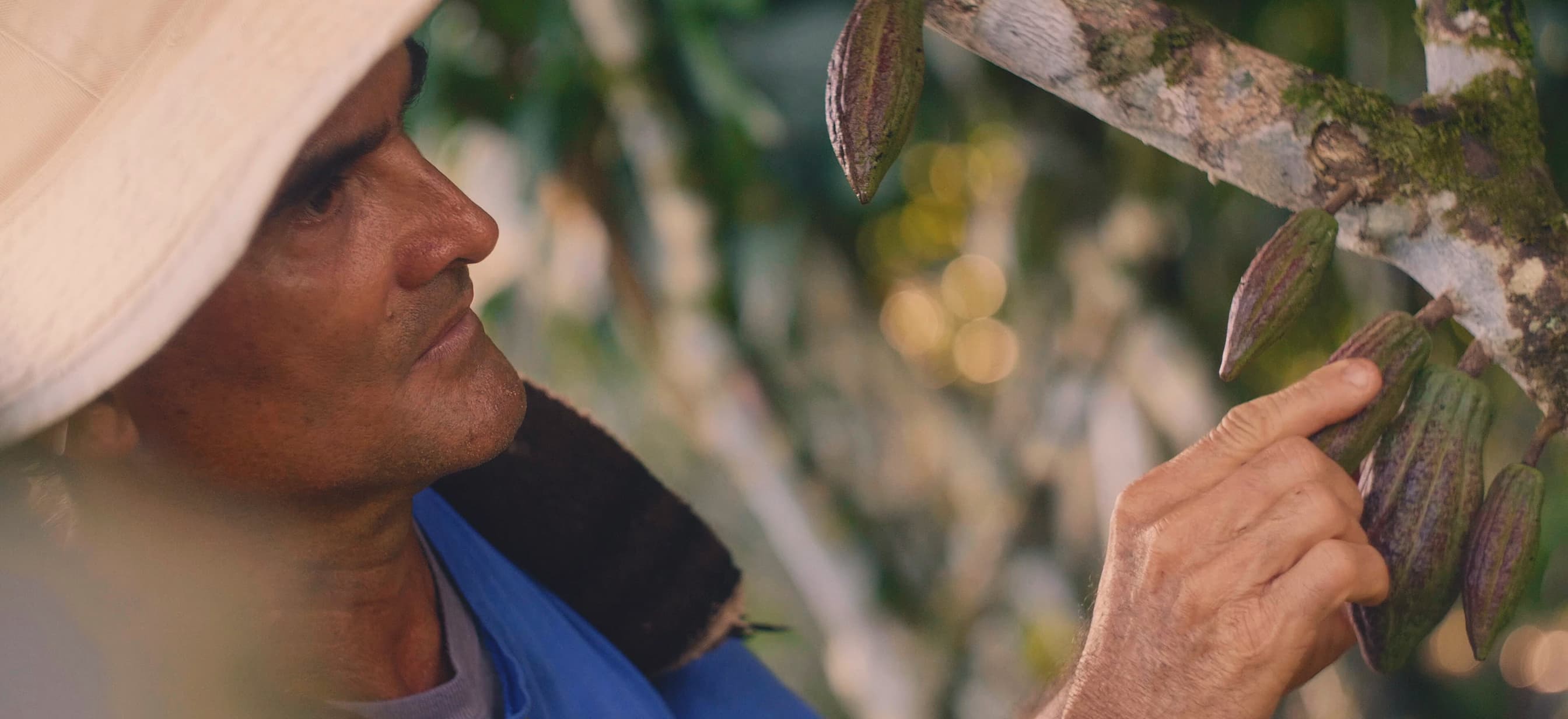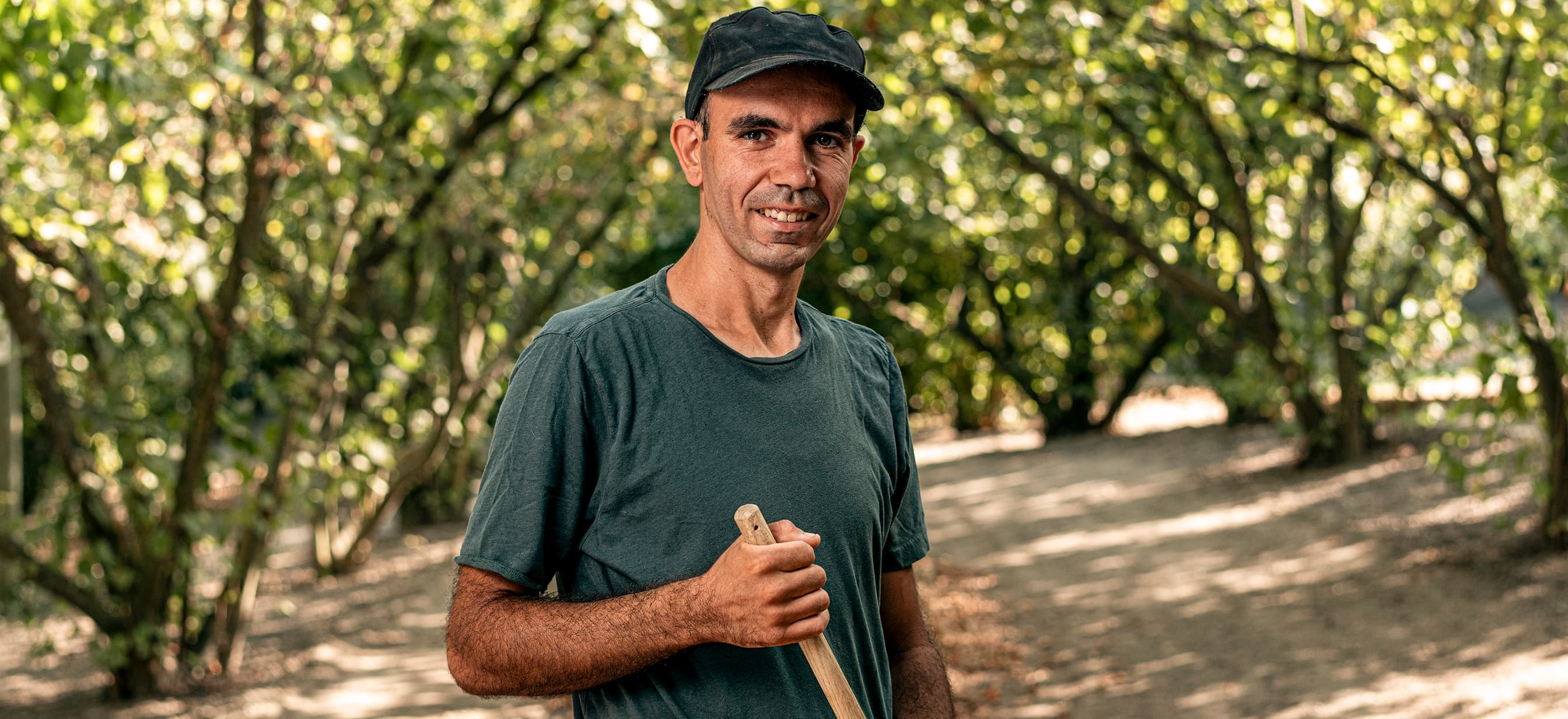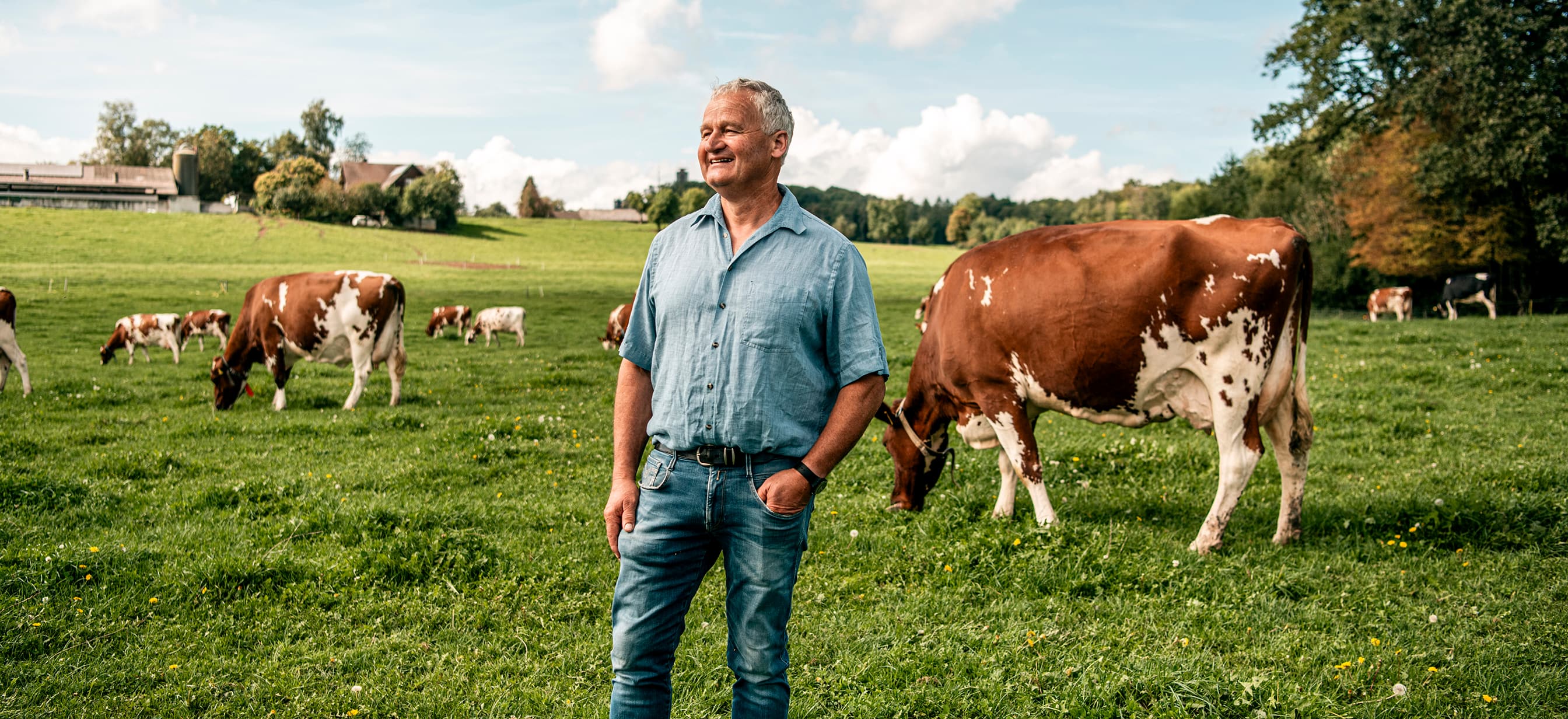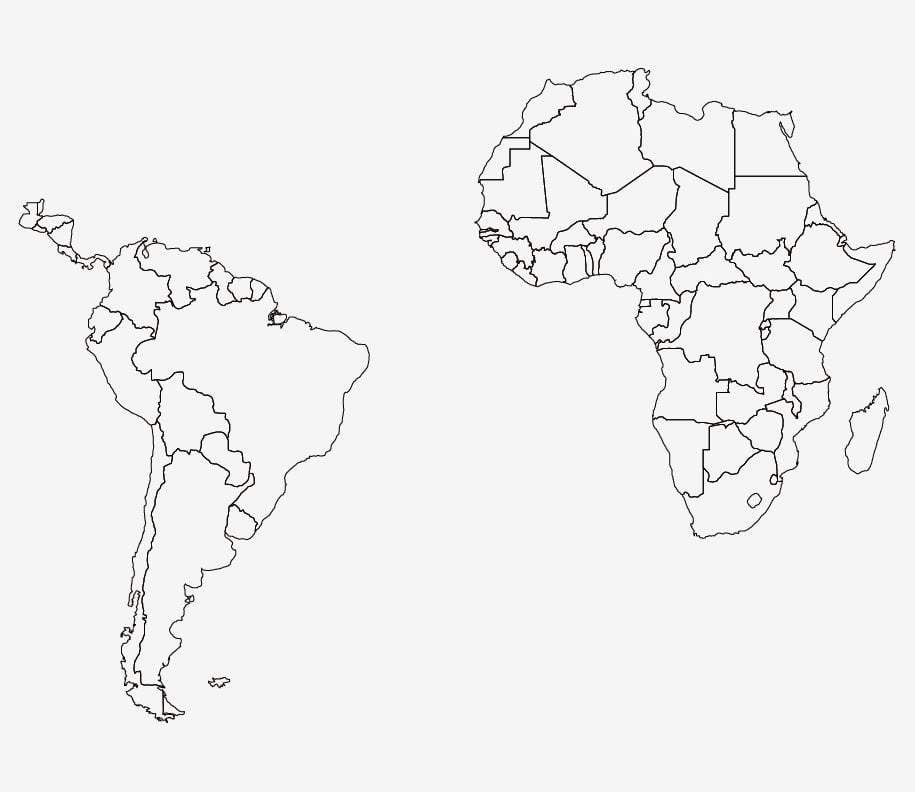We know the journey our cocoa beans take – from their origins all the way to our chocolateries around the world. Since we believe this is the only way to create the highest-quality chocolate, it is our top priority.
Our partners
We have one thing above all else in common with our partners – a passion for the highest quality – so it stands to reason that we’ve developed a few friendships over the years. These are friendships that we're happy to share with you; join us in visiting the farms, groves, and smallholdings.
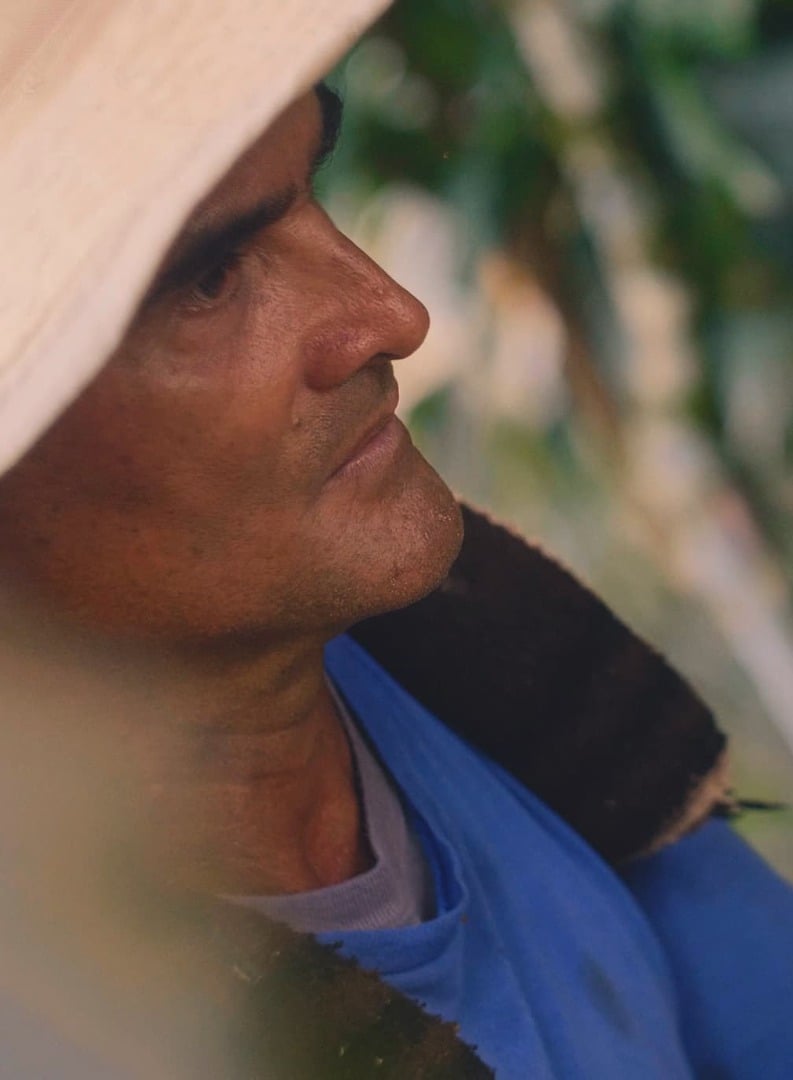
Edwin Sibaya – cocoa farmer from Costa Rica
“We know the Läderach buyers personally, and we share their passion for chocolate.”
Go to interview
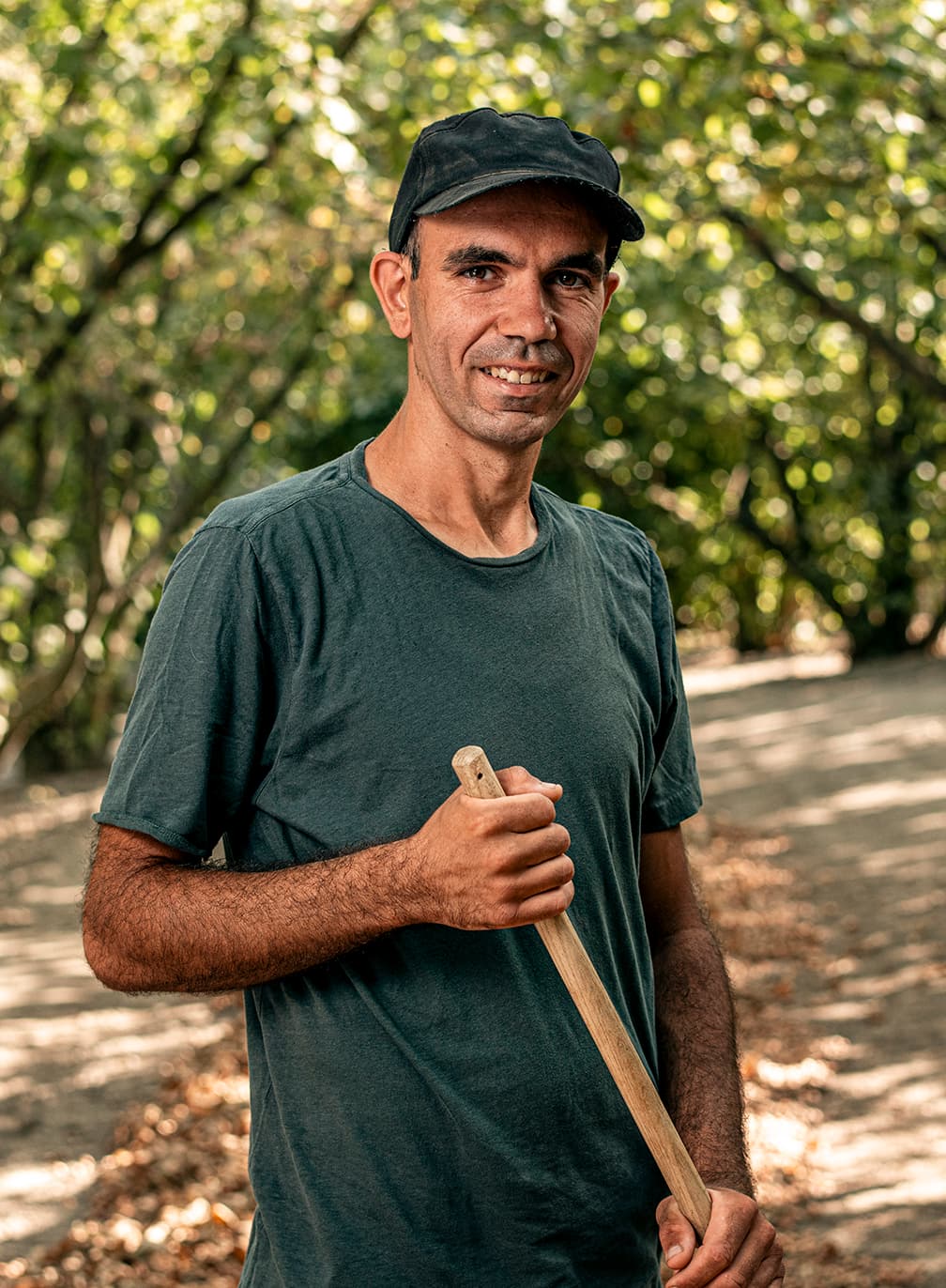
Fabio Francone – hazelnut producer from Piedmont
“They put their full trust in us, even in difficult harvest years.”
Go to interview
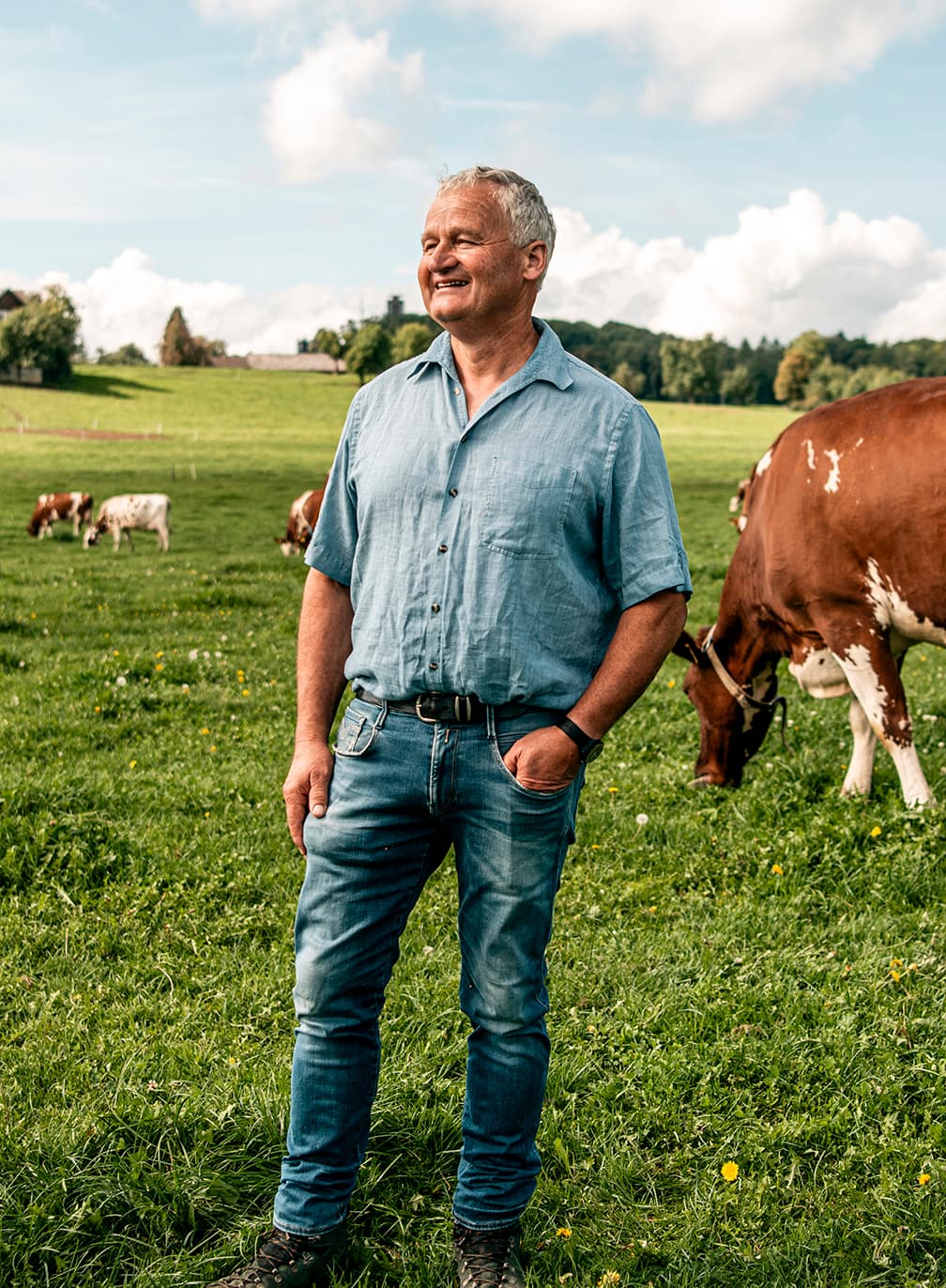
Werner Schenk – dairy farmer from Thurgau
“We also have our cows to thank for how beautiful Switzerland is.”
Go to interview
Our cocoa varieties
We source our cocoa from a range of countries around the globe – from Costa Rica to Madagascar. Even though all the countries along the cocoa belt have similar climates, the cocoa fruits harvested in each country develops individual and incomparable aromas and flavors.
Criollo
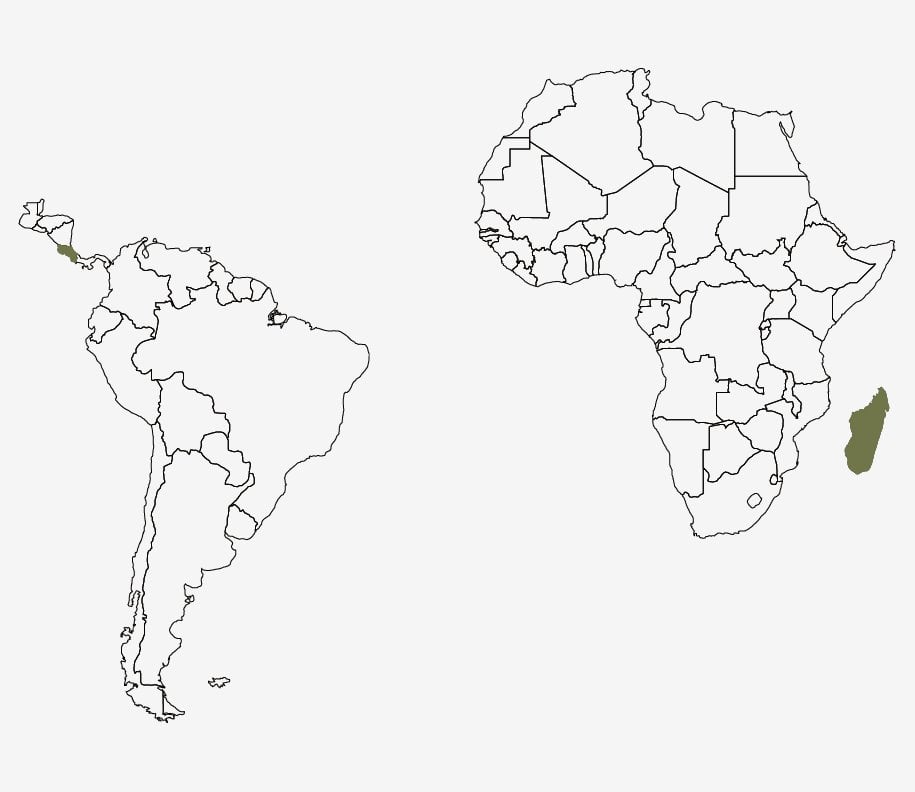
Criollo is often referred to as the queen of cocoa fruits. Due to a low yield, its beans are among the most sought-after in the world. Our Criollos come exclusively from two growing regions: the valley of Sambirano on Madagascar and the area around Upala in Costa Rica, both which offer an ideal environment for luxury cocoa. Gently fermented and dried, Criollo beans give the chocolate an intense cocoa flavor, paired with citrus and fruity berry notes.
Trinitario
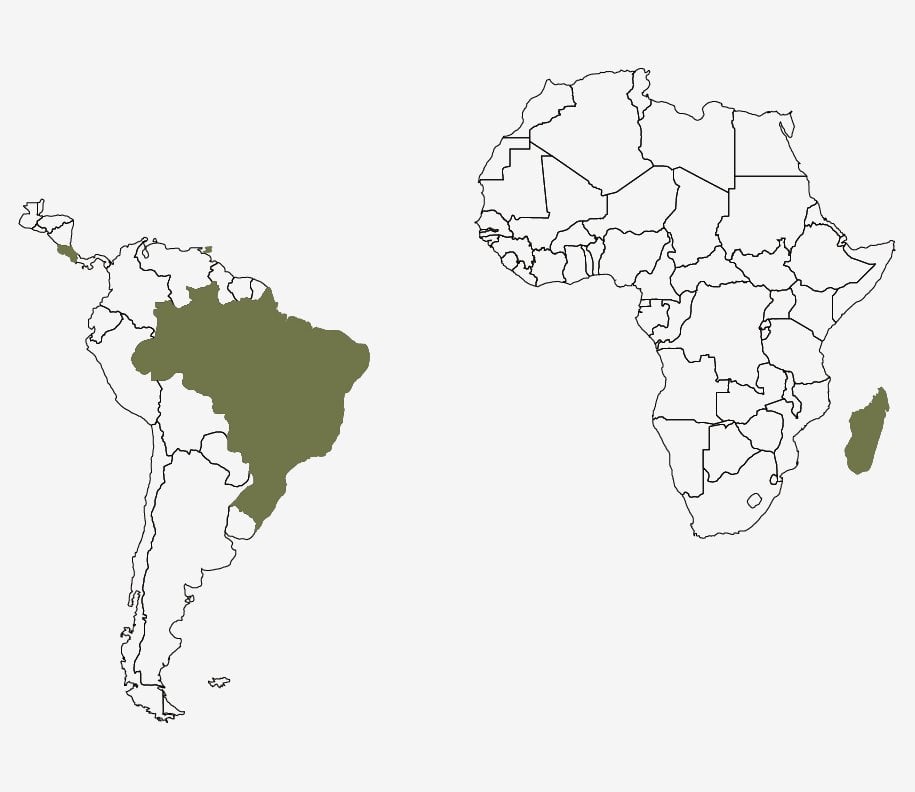
Our second luxury cocoa is Trinitario. We source these varieties from the same regions of Madagascar and Costa Rica we use to import Criollo, but also from Brazil – and Trinitarios original homeland of Trinidad. Our Trinitario from Trinidad comes from Gran Couva, fermented the traditional way and dried slowly, so that the beans produce an authentic Single Origin chocolate with a rich cocoa flavor and nuances of fine wood. In Brazil, the cocoa farmers use the Cabruca method. They ensure sustainable organic farming in the shade of the rainforest, preserving the natural ecosystem.
Amelonado
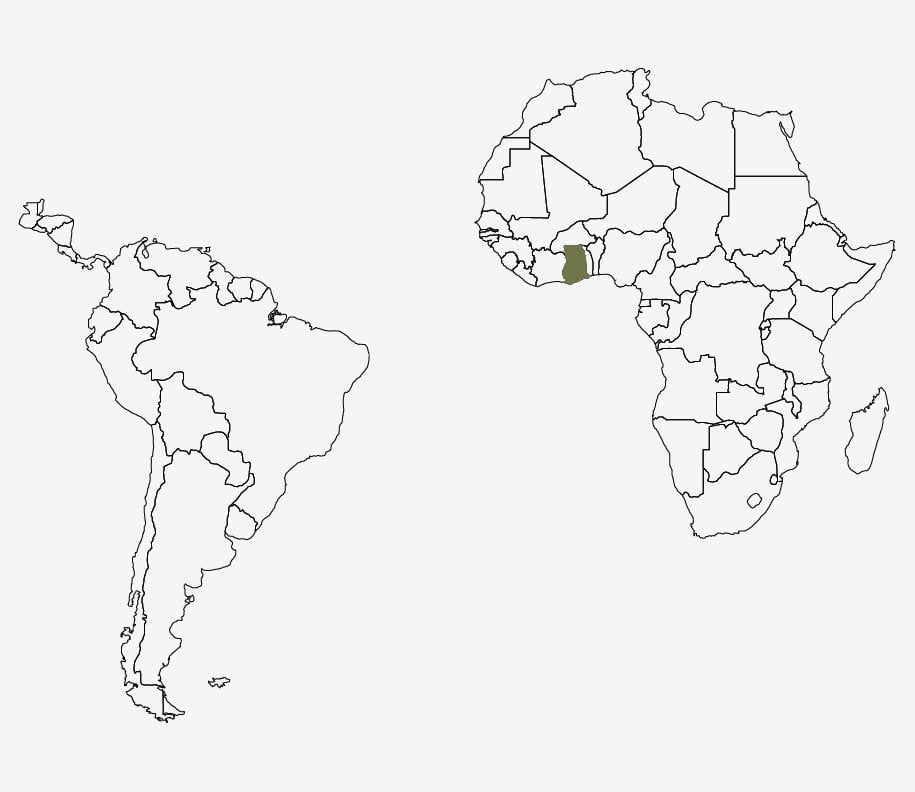
Amelonado is one of the most popular, slightly easier to cultivate varieties. Originally native to the Brazilian Amazon, the green and yellow cocoa fruits now grow on the African continent, too. Our Amelonado comes exclusively from Ghana and owes its highly aromatic and typical flavor profile not only to the fertile climate of the Central Region, but also to the experienced local cocoa farmers.
National
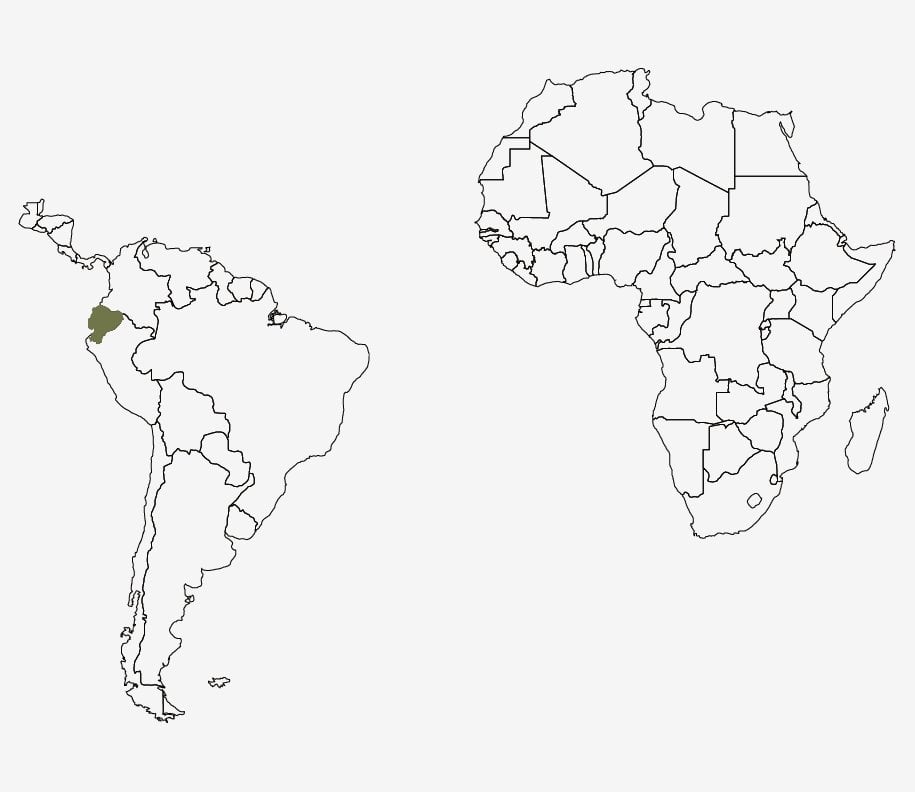
The National variety – also known by the name “Arriba” – is the pride of Ecuador. Like Criollo and Trinitario, it’s one of the traditional cocoa plants and used in our Single Origin Ecuador, among others. The beans for this come from the province of Los Rios – a water-rich terroir west of the main Andean ridge. Here in the Ecuadorian rainforest, the National variety thrives particularly well. It tastes slightly bitter and combines its intense cocoa notes with mild, floral aromas.
Imperial College Selection
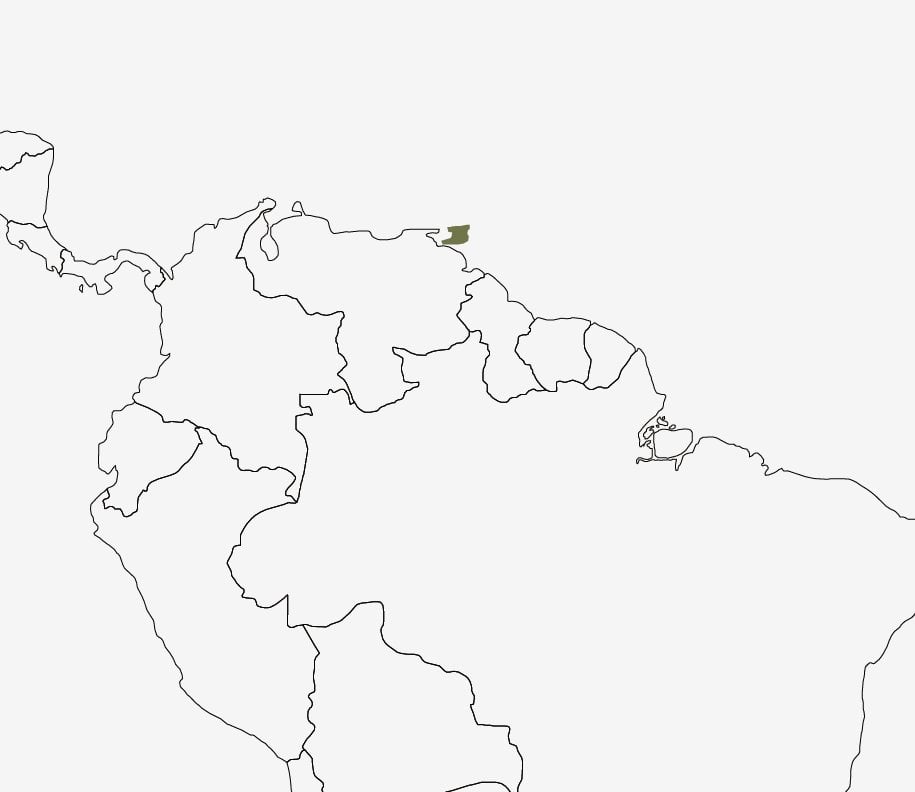
The term “Imperial College Selection” (ICS) is used to refer to various different aromatic cocoa varieties selected and described in detail by Dr. F. J. Pound in the 1930s. Not strictly speaking a category of its own, it’s a selection of the finest cocoa types. The cocoa farmers grow ICS on the estates of Gran Couva. We buy the cocoa, which boasts impressive fruity-floral aromas and balanced notes, directly from the local Montserrat cooperative.
From origin to indulgence
We have been sharing our passion for fresh chocolate for generations. Discover more about our history, our innovations, and the authentic artisanal skills of our chocolatiers.

About us
The Swiss Alps are our home, and we invite the world to indulge in our culinary heritage. Find out where we come from and why innovation is so important to us. And get to know the people behind Läderach.
Learn more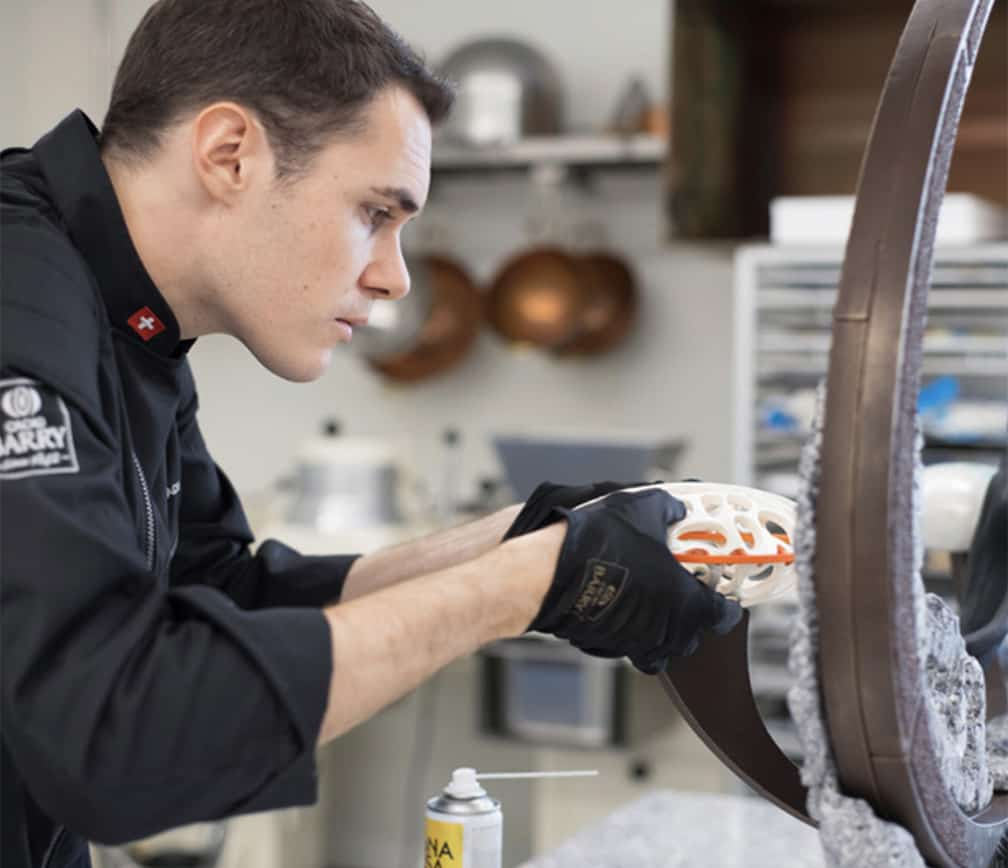
World Chocolate Master
Elias Läderach is the only Swiss chocolatier to have earned the title “World Chocolate Master.” Experience his award-winning creations and find out more about his latest projects.
Learn more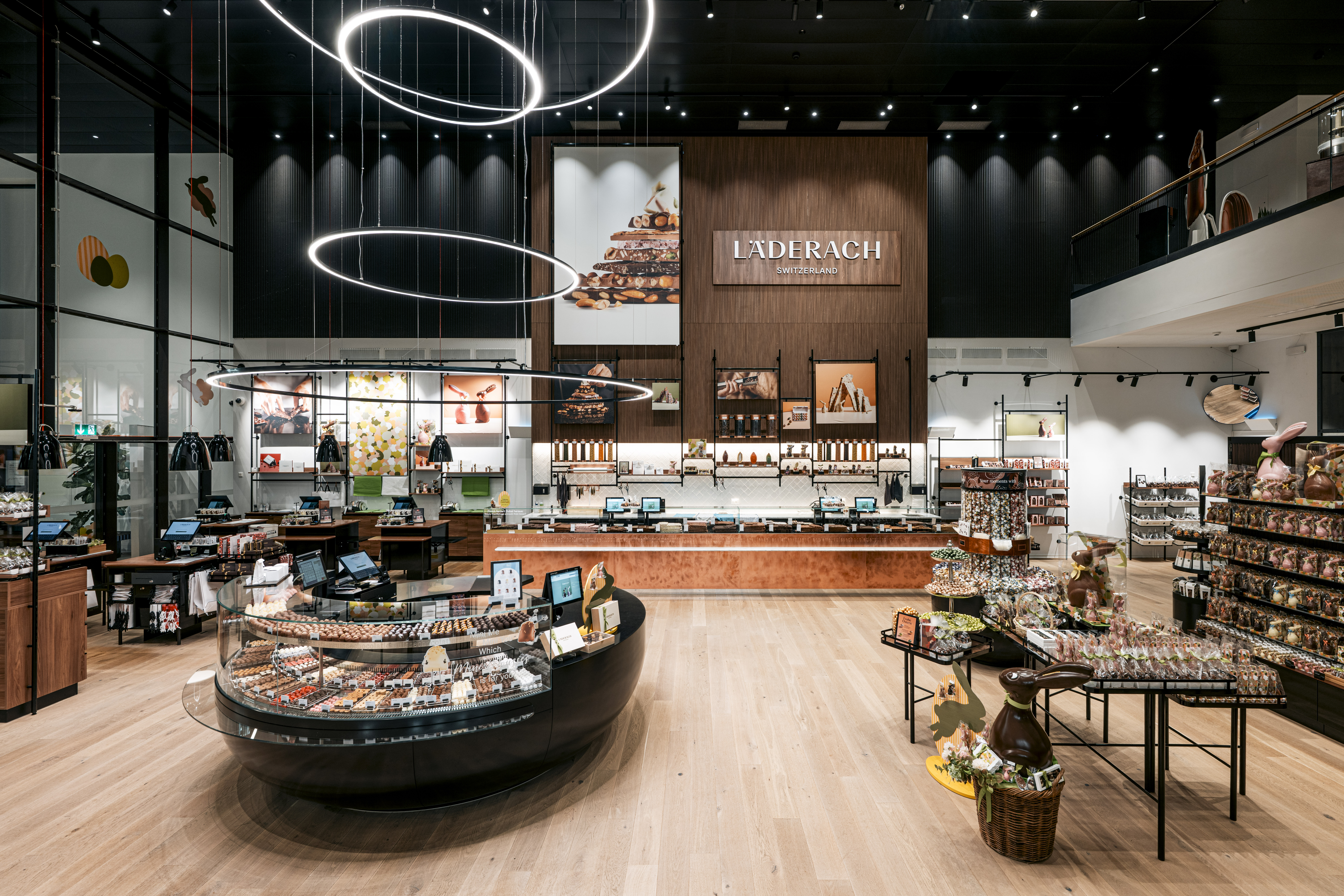
House of Läderach
A chocolate museum, a chocolate studio, chocolate events – the House of Läderach has it all, including a café, of course!. Discover the delights of freshly made chocolate in all of its facets – 364 days a year.
Visit now
Freshness
The exquisite taste of our chocolate creations is an affair of the heart for us. That’s why we make them fresh daily and get them to you as quickly as possible – so you can experience the freshness with all your senses.
Learn more
 Liechtenstein
Liechtenstein  Switzerland
Switzerland  Canada
Canada  United States
United States  Austria
Austria  Belgium
Belgium  Bulgaria
Bulgaria  Croatia
Croatia  Czech Republic
Czech Republic  Denmark
Denmark  Estonia
Estonia  Finland
Finland  France
France  Germany
Germany  Greece
Greece  Hungary
Hungary  Ireland
Ireland  Italy
Italy  Latvia
Latvia  Lithuania
Lithuania  Luxembourg
Luxembourg  Malta
Malta  Monaco
Monaco  Netherlands
Netherlands  Poland
Poland  Portugal
Portugal  Romania
Romania  Slovakia
Slovakia  Slovenia
Slovenia  Spain
Spain  Sweden
Sweden  United Kingdom
United Kingdom  Australia
Australia  Brunei
Brunei  Cambodia
Cambodia  China
China  Hongkong SAR of China
Hongkong SAR of China  India
India  Indonesia
Indonesia  Japan
Japan  Laos
Laos  Macau SAR of China
Macau SAR of China  Malaysia
Malaysia  Myanmar
Myanmar  New Zealand
New Zealand  Philippines
Philippines  Singapore
Singapore  South Korea
South Korea  Thailand
Thailand  Vietnam
Vietnam  Bahrain
Bahrain  Jordan
Jordan  Kuwait
Kuwait  Oman
Oman  Qatar
Qatar  Saudi Arabia
Saudi Arabia  United Arab Emirates
United Arab Emirates 
